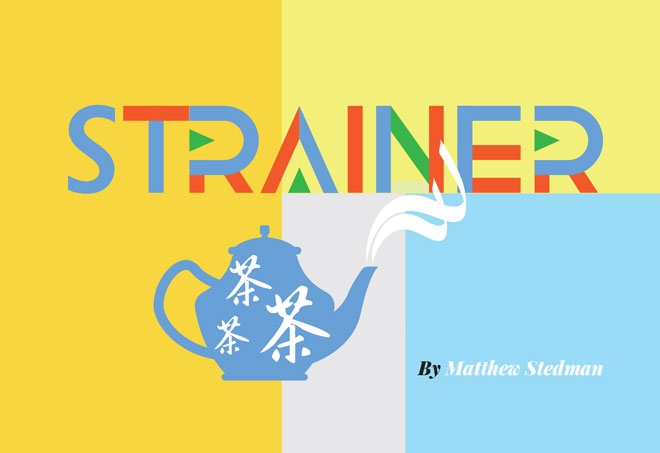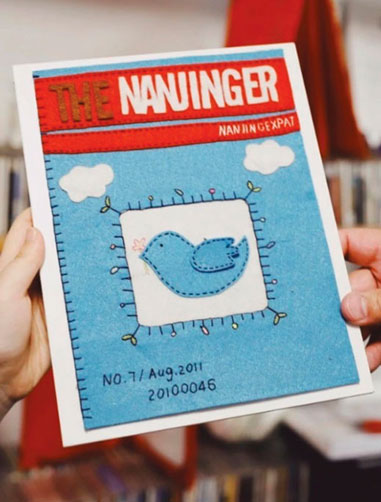I’ve used this column in the past to vent my criticism of the tea sold in China’s supermarkets. Today’s Strainer marks no retreat.
There are usually two locations for tea in the supermarket. There’s the loose tea; often located next to the pickles, stored in a similar way. Those glass jars, containing leaves of indeterminate age, are not the fitting place for happy tea; light is every bit as ravaging for green tea as heat or oxygen. And those unimaginative selections of tea, usually Long Jing [龙井茶], invariably smell as stale as their yellowness suggests.
Green tea needs to be refrigerated. Independent stores know this. Market stall sellers know this. Supermarkets, for all their deep-sea freezers full of angry looking beltfish, don’t understand.
But then there’s the supermarkets’ packaged tea, near the milk powders and the porridge oats, the ginseng and the birds’ nests. Again, some of these bags commit the photochemical sin, large windows glaring onto crispy green tea. This time the leaves don’t look as yellow, because the window itself is sometimes tinted green, for reasons more meretricious than conscientious.
- Which Tea Brand Best Compliments Your Private Jet?
- Long Time, Long Jing No See
- Happy Lemon; Drink it Like a Russian
Okay, okay, you say. Avoid the green tea in the supermarket; we get it. But what about the remaining varieties of tea in those air tight bags? Do they all earn Strainer’s scorn?
Flavour wise, they usually represent poor value for money compared with equivalents bought outside. Honing in on expensive-sounding names such as Da Hong Pao [大红袍] or Jin Jun Mei [金骏眉], they often feel like tea marketed for people who don’t know tea. Aesthetically they miss the mark, too. The triumph of British tea marketing, charming packaging housing leaves of indifferent quality – has barely been attempted here. The supermarket shelf is a mess of upper-case Pinyin and over-saturated depictions of “the nature”.
- Perfect Median; China’s Take on Earl Grey
- Swallowing is Just the Beginning; Rain, Flower, Cloud!
- Sugar-Free Bottled Tea; China’s Wu Tang Clan
But there are new tea labels on the shelf. When I call this “red tea”, I mean red enough to rouse the ghost of Senator McCarthy. One of these, Guizhou’s GTX Tea [贵天下], sports stars and revolutionary fonts on its keemun [祁门红茶] tins. Another, named Iron Peasant Tea [铁农茶], from Hunan, presents itself as a tea of the people. There’s nothing in this that we could call irony or knowingness, but both brands marry their retro aesthetic with a modern sensibility and real swagger. Like Xiaomi earphones, the latter tea tin namechecks the design agency as readily as the parent brand (lilotea). These packages are as sexy as Twinings and as funky as Teapigs. That attribute pairing doesn’t necessarily result in a cohesive brand impression, but they’re already as aspirational as anything Lipton has released.
The tea? Well, it’s all right. Lilo’s long leaves, with pale downy hairs, make it look expensive, but there’s no depth here. The keemun (expensive at ¥50) is drinkable, but with few of the trademark keemun notes and none of its own.
Other customers strained their necks to look at these tins at the checkout. They certainly stand out. That’s a victory of sorts, I suppose.











